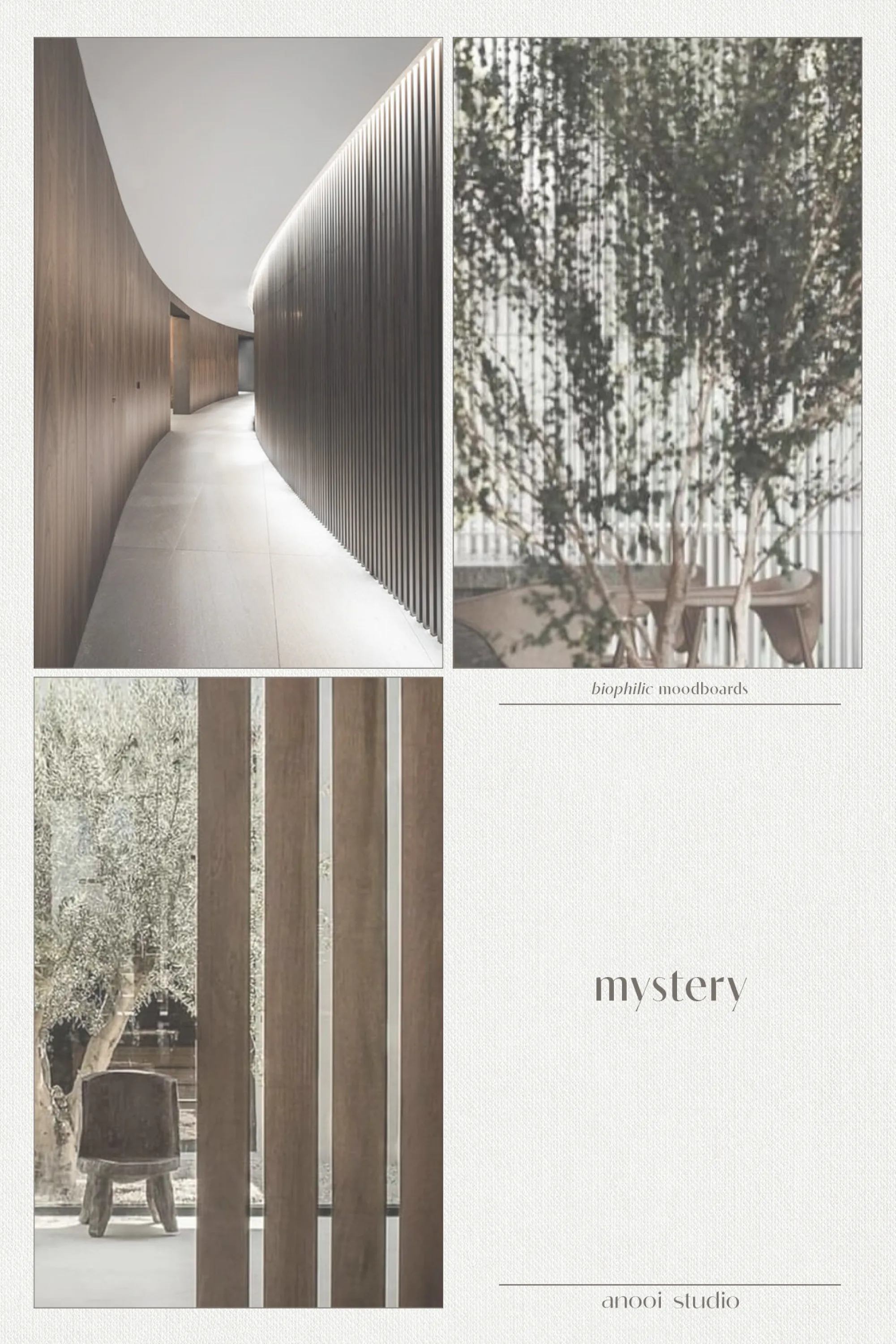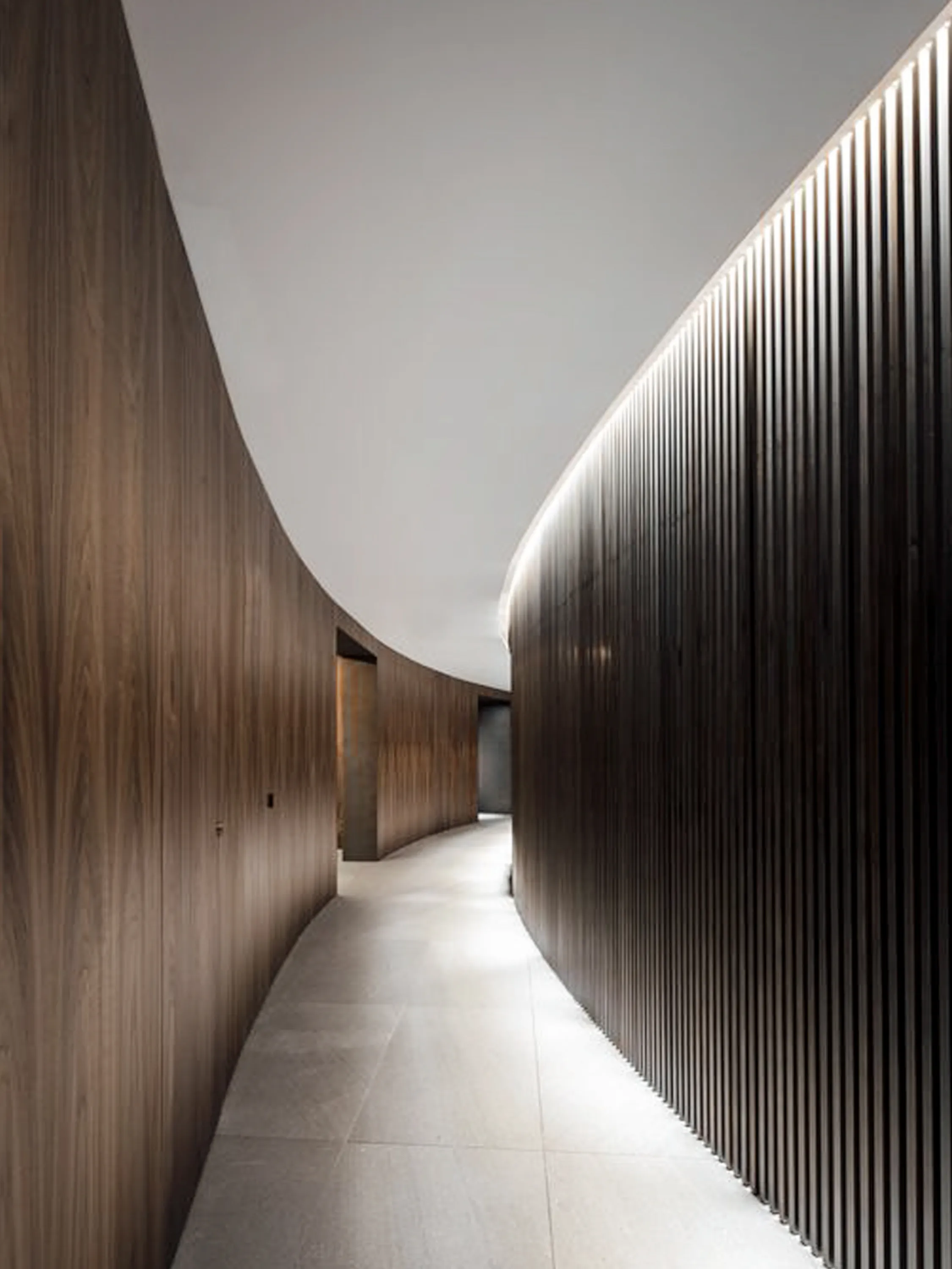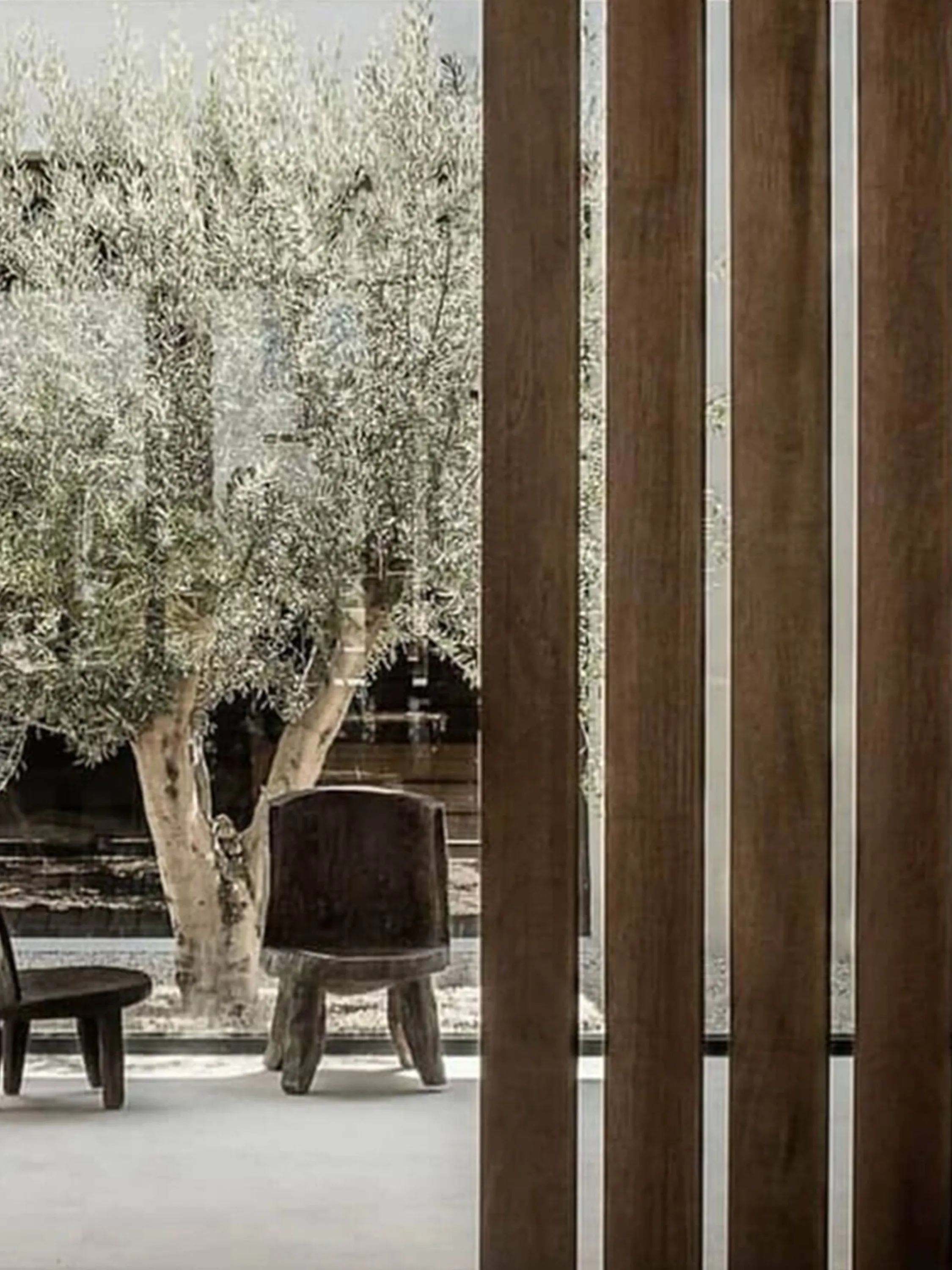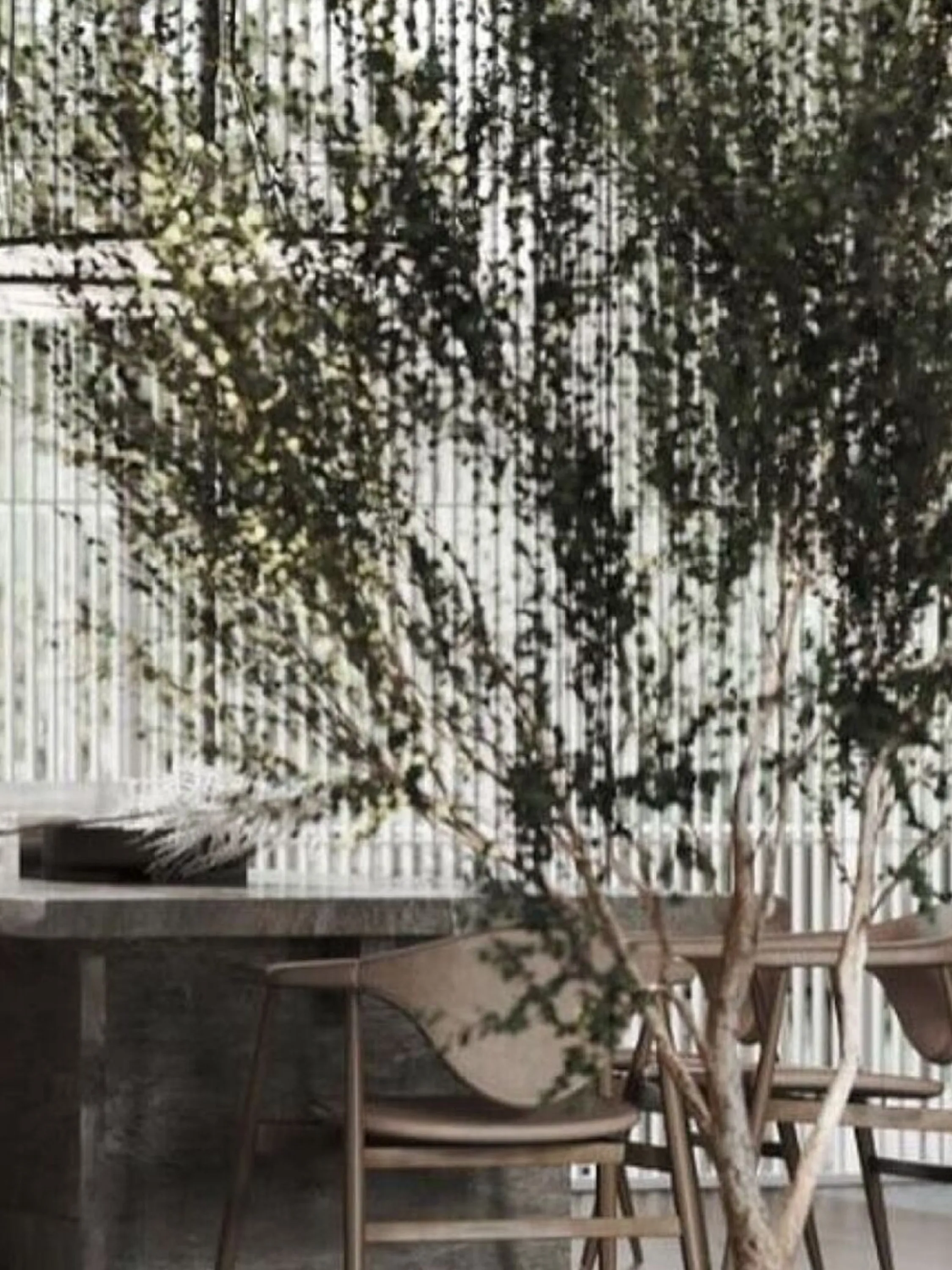Biophilic moodboards: adding mystery to interiors
Imagine you are visiting a museum. From where you stand, you can peak through thick curtains that have been left partly open. A softly lit area glowing in the dark invites you to get closer and discover what’s behind the curtains. This is the power of mystery.
This episode of Biophilic Moodboards looks into the concept of mystery in biophilic design…

About mystery
Essentially, mystery refers to partially obscured views that leave something to the imagination. Mystery views have the ability to stimulate curiosity and the desire to explore, which are innate and distinctive human traits. For early humans, understanding the surroundings was a matter of survival. While this is no longer the case in our living spaces, the curiosity part of it has remained. It’s still intriguing to explore a space and mystery nurtures this instinctive drive.
There’s another element of mystery features that makes them so engaging: anticipation.
Research has shown that the human brain responds positively to anticipation in many aspects of life, from music to food. In space planning, mystery is exactly a way to create anticipation, to tease without revealing, to stimulate curiosity.

Mystery in designed spaces
There are several ways to introduce a sense of mystery in designed spaces. Partly see-through partitions (including planted partitions), thick curtains and curved walls are all effective in shielding the view. Light can also be used to create mystery. Less illuminated areas naturally feel more mysterious, and accent lighting can lead both attention and motion in the desired direction.
Introducing mystery in designed space requires balance. Too much of it can be counterproductive, turning pleasurable anticipation into a sense of discomfort and fear.


As a whole, mystery features add interest to the space, making it more stimulating and intriguing to experience and explore.
Further resources:
Available in the shop, anooi’s publications explore the nuances of a biophilic ethos, highlight anooi’s perspective on the topic, and cover the studio’s ongoing research in biophilic thinking and design.